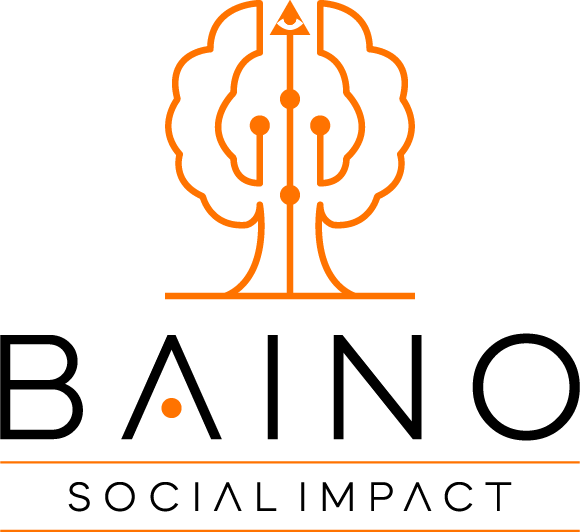Isebantu Kyabazinga of Busoga
William Kadhumbula Gabula Nadiope IV
The Reigning King
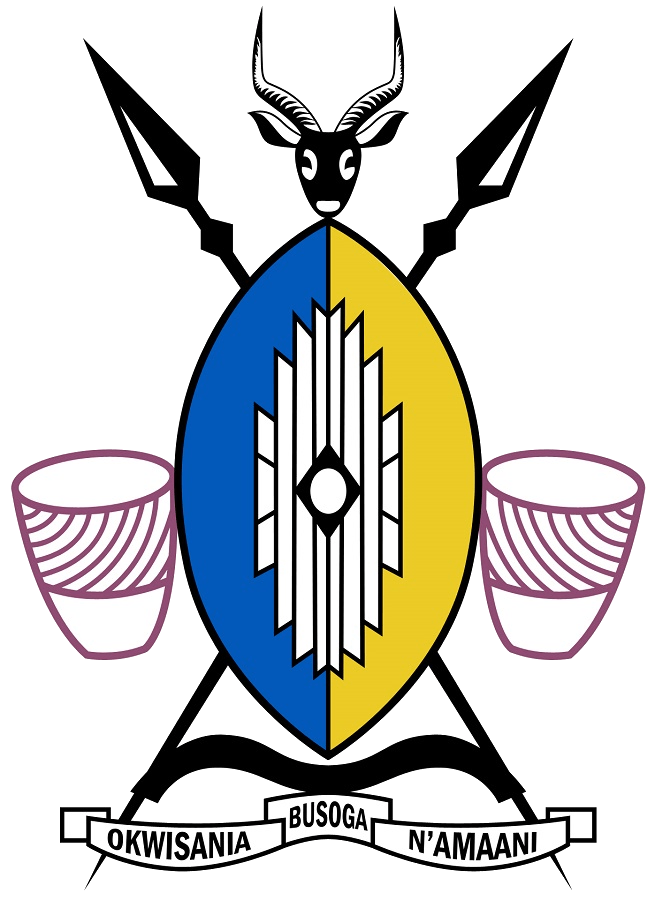
Learning from history is the first step to avoiding past mistakes - to examine and interpret human identities and transformation.
Busoga Kweega
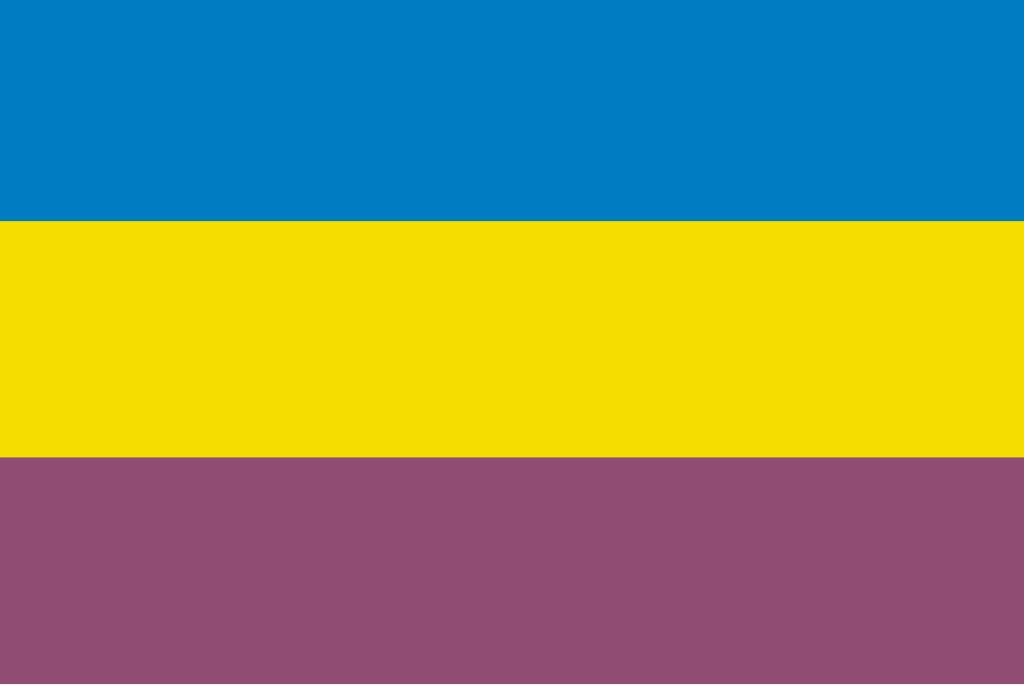
The term “Busoga” refers to the sub-region that is generally indigenous to the Basoga. “Basoga” means the people (singular form: Omusoga). “Lusoga” is the name of the native language, which belongs to the Niger-Congo language family. Lusoga is heard in widely differing dialects. “Soga” is the Anglicized name, while “Usoga” is the Kiswahili equivalent. “Kisoga” is sometimes used to refer to the general descriptive term.
Historically speaking, “Busoga” is a kingdom – one of the many significant Bantu ethnic groups found in Uganda, East Africa. It is among the traditional restored monarchies – a cultural institution – recognized by the 1995 supreme constitution of the Republic of Uganda.
This region – this kingdom – sits in the African tropical area bordering the Lake Victoria shoreline in the south, the River Nile in the west, Lake Kyoga in the north, and the River Mpologoma in the east. It also includes several islands in Lake Victoria, such as Buvuma Island. Busoga covers an area of about 10,318 km².

The Busoga Kingdom is reigned over by His Royal Highness the king, who is addressed by the title Isebantu Kyabazinga of Busoga. This title is also a symbol of unity derived from the expression and recognition that the leader of Busoga is the “father of all people who unites all of them, together as one, and serves as the highest cultural leader.” The reigning king is His Highness Isebantu William Kadhumbula Gabula Nadiope IV, the Gabula of Bugabula, a grandson to Wilberforce Kadhumbula Nadiope, former vice president, and also Kyabazinga of the Busoga Kingdom.
Busoga is located in the eastern hemisphere of Uganda, presently covering up to 10 districts: Kamuli, Iganga, Bugiri, Mayuge, Jinja, Luuka, Kaliro, Namutumba, Buyende, and Namayingo. As per the National Population and Housing Census results of 2014, the total population is 2,960,890. It is the third-largest ethnic group in Uganda, making up about nine per cent of the nation’s total population.
BUSOGA ANTHEM
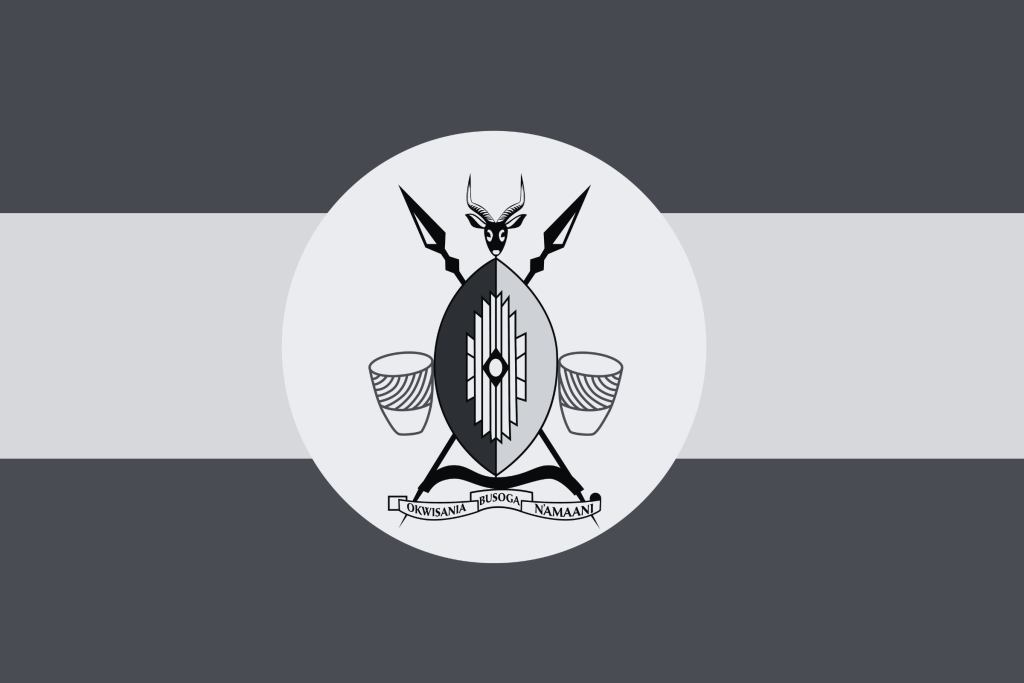
Chorus
Tuli bankabi inhyo, ye nga twesimye inhyo.
Olwa inhyaife ono Busoga kibumba yeyatuwa
Olwekirabo ekyo ekikologho tweyimbenga,
Busoga atebenkerenga, ense ne’ense.
Verse 1
Abantu mwena mwena mu Busoga,
Mwidhe twisanienga.
Tukulemberwe Isebantu,
Nga n’omutwe gwaife.
Male tufune omwoyo Omwamufu,
Tugonzanhyenga;
Enhyina ya Uganda eno Etebenkere.
Verse 2
Ensozi ni Kiira,
nkani nemivule nobukombe bwa Busoga obutaghwawo Mwiidhe twekembe,
tube oti nseete tulwanisenga endwaire,
obwavu nobutamanhya.
Verse 3
Ye nga twesiimye, niinhyaife Busoga
Ne eitaala lya Uganda,
era ensulo ya Uganda:
Bwoidha mu Uganda,
no’tatukaku mwi Idhindha;
Enkuni ya Uganda oba ogisubibwa
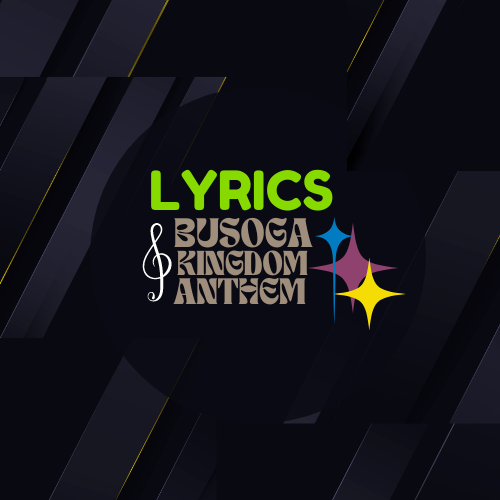
Katwikiro
Dr. Joseph Muvawala

